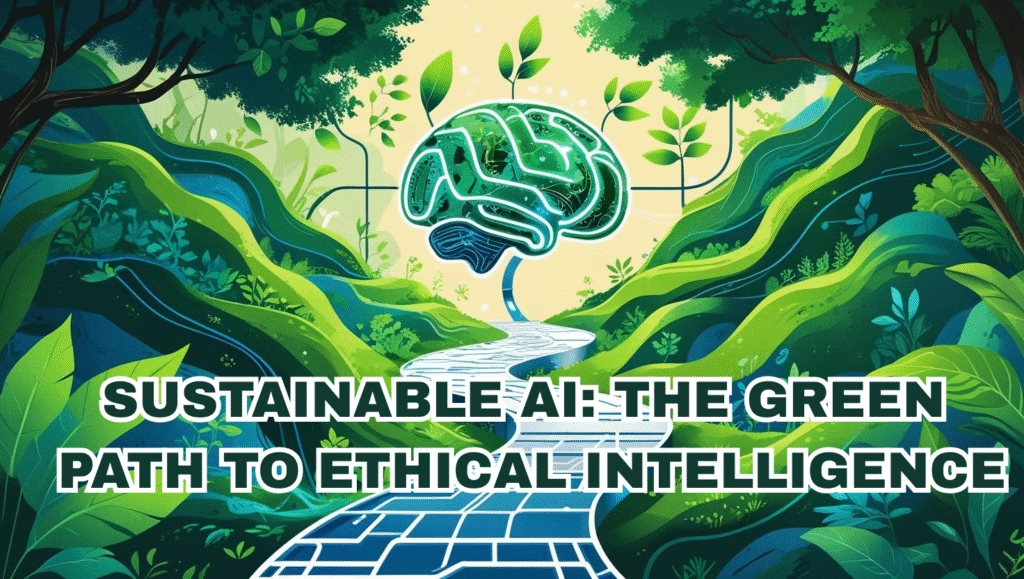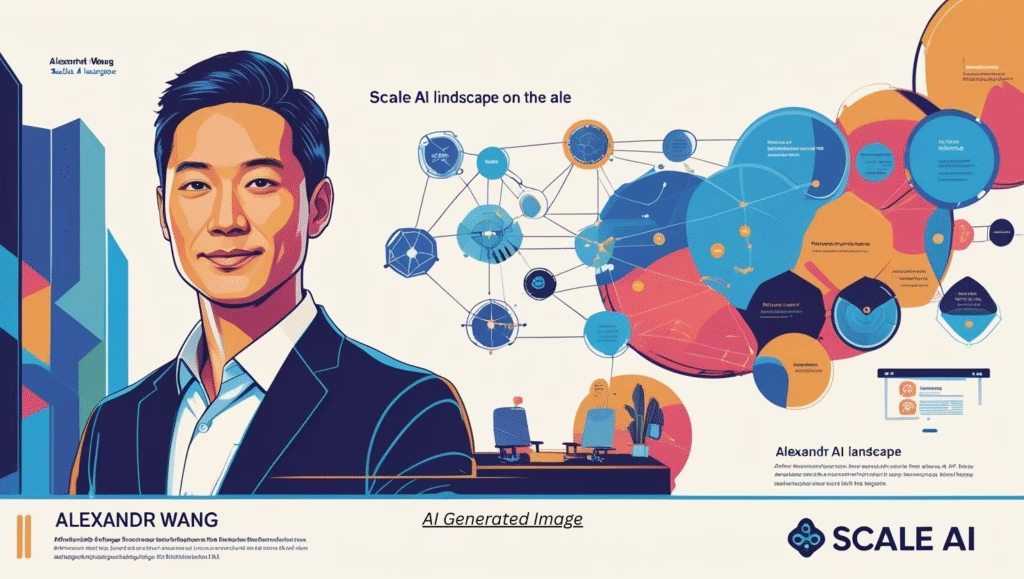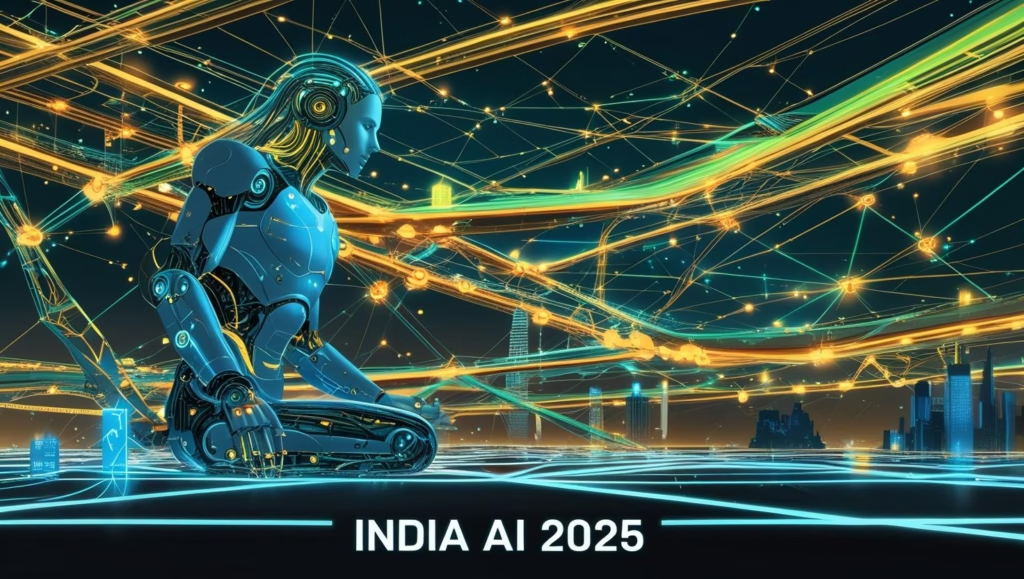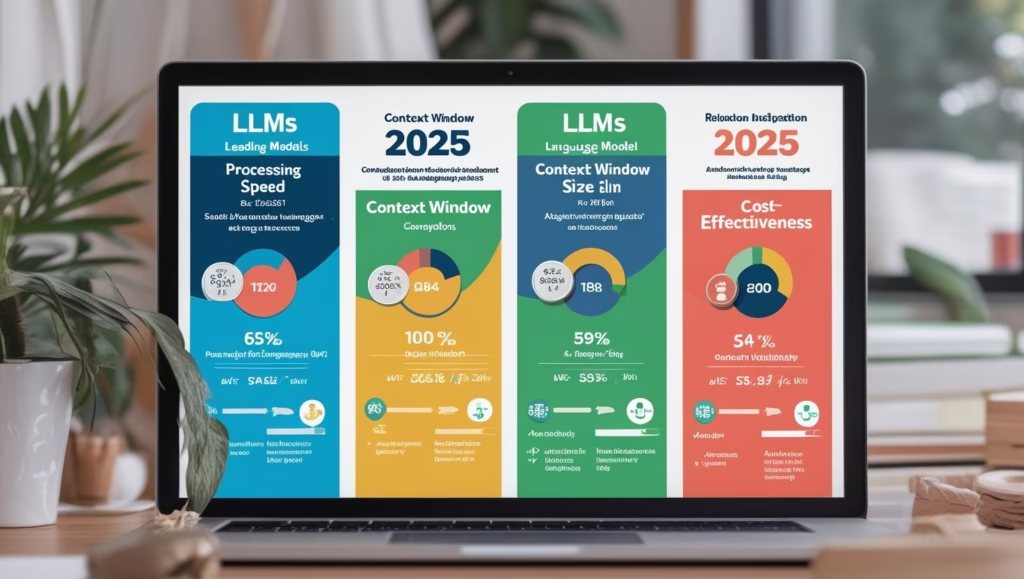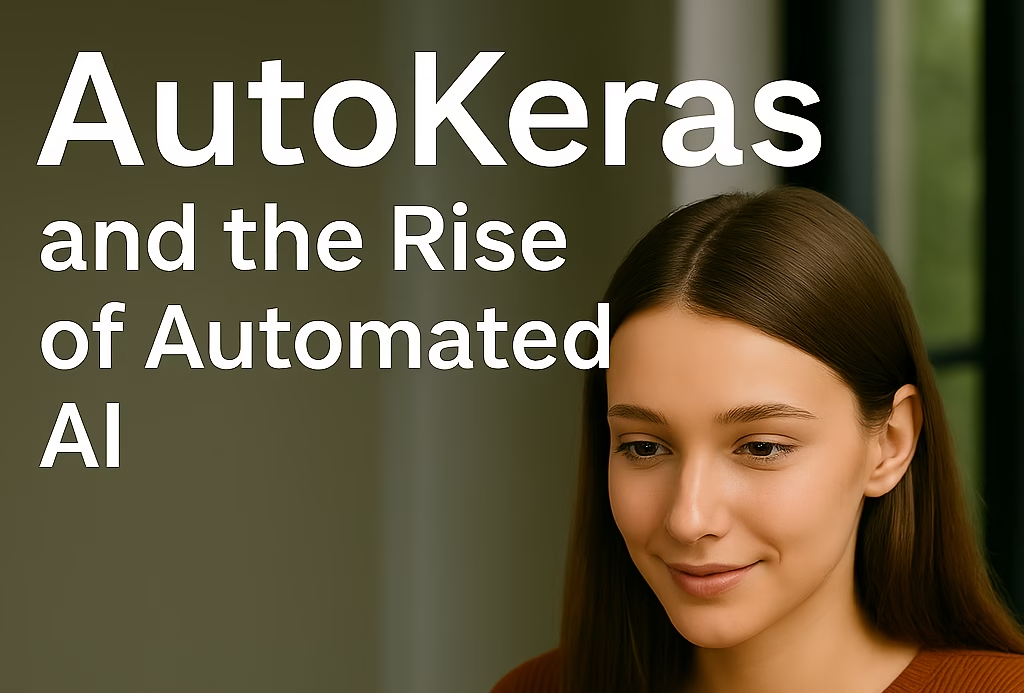Sustainable AI: The Green Path to Ethical Intelligence
Imagine teaching a robot to think and now imagine doing it without heating up the planet.
Artificial Intelligence (AI) is revolutionizing everything from healthcare diagnostics to climate forecasting. But behind this progress lies a quiet cost: a carbon footprint as real as that of cars and factories. Enter Sustainable AI, the growing movement to make intelligent systems not just smart, but kind to our Earth.
Let’s break it down, with clear answers to the questions the world is already asking.
What Is Sustainable AI?
Sustainable AI refers to designing, building, and running AI systems in a way that minimizes environmental harm. This means using less energy, reducing waste, and choosing eco-friendly data centers or training techniques. Like electric cars for algorithms.
Key Principles of Sustainable AI
- Energy efficiency during training and deployment
- Recyclable hardware and responsible e-waste disposal
- Carbon-aware scheduling for compute-intensive jobs
- Use of renewable energy in AI data centers
Think of it as teaching AI to be not just smart, but responsibly smart.
Why Is AI Not Sustainable Today?
AI’s biggest secret? It’s power-hungry.
Training a large model like GPT-4 can emit as much carbon as five cars over their lifetime. Here’s why:
- Data centers need vast electricity to power GPUs and cooling systems.
- Training AI involves millions or billions of parameters and reruns.
- AI hardware creates electronic waste, much of which is not recycled properly.
A 2021 study by MIT showed that training a single NLP model can emit over 626,000 pounds of CO2 equivalent. (Source)
As models grow larger, so does the ecological bill.
How Are Companies Reducing Carbon in AI?
The good news? Tech giants and startups alike are acting. Here’s how:
- Operates carbon-neutral since 2007
- AI workloads run in energy-efficient TPU pods
- Introduced carbon-intelligent computing to shift workloads to times of low-carbon energy
Microsoft
- Aims to be carbon negative by 2030
- Open-sources its Sustainability Calculator for cloud emissions tracking
- Invests in green data centers and cooling innovations
OpenAI
- Focuses on efficiency per output, making GPT models more powerful but with less energy per query
- Advocates for shared compute infrastructure to prevent duplication of carbon-heavy training
Climate Change AI
- A non-profit bringing together researchers, policy experts, and technologists
- Publishes best practices on carbon-aware AI model design
Startups like Hugging Face and RunwayML are also adopting smaller, fine-tuned models with fewer parameters to reduce energy.
Emissions Comparison Table
| Model/Action | Carbon Emission (CO2e) | Equivalent Impact |
|---|---|---|
| Training GPT-3 | ~502 metric tons | 113 cars driven for a year |
| Google’s Carbon-Aware Scheduling | ~30% emission reduction | 1 in 3 model runs with lower load |
| Federated Learning on Edge | Up to 60% less energy usage | Compared to centralized models |
What Is Carbon-Aware Model Training?
Think of this like timing your laundry when solar power is at its peak.
Carbon-aware training means scheduling the most energy-intensive training runs when:
- Green energy (solar, wind) is most available
- Power grids are under less fossil-fuel load
Google pioneered this with carbon-aware scheduling, making their data centers smarter about when and where to train models.
It’s a small shift with big results: A model trained during green energy peaks can reduce emissions by up to 30%.
Can AI Help Achieve UN SDGs?
Absolutely. AI can be both a problem and a solution.
Here are some Sustainable AI applications directly aligned with the United Nations Sustainable Development Goals (SDGs):
- SDG 13: Climate Action – Predicting wildfires, floods, and sea-level rise
- SDG 2: Zero Hunger – Optimizing crop yields using satellite AI
- SDG 7: Affordable and Clean Energy – Grid optimization and demand forecasting
- SDG 3: Good Health and Well-being – Reducing hospital energy footprints with smart diagnostics
AI, when used wisely, becomes a force multiplier for sustainability.
Future Directions in Green AI
The AI of tomorrow is not just faster or smarter — it’s cleaner.
Quantum Computing
Could reduce training times from days to minutes, slashing energy costs.
Federated Learning
Trains AI on devices directly (like phones) instead of centralized servers. Less data transfer = lower carbon footprint.
Edge AI
AI that runs on local hardware without needing cloud power. Ideal for smart homes, vehicles, and agriculture.
These innovations will make sustainable AI not a niche, but a default.
FAQs About Sustainable AI
What is the AI carbon footprint?
It refers to the total emissions generated from training and running AI systems, including data centers and devices.
Can green AI improve performance too?
Yes! Efficient models often run faster and cost less. Smaller, optimized models save both energy and time.
Are there regulations around AI sustainability?
Not yet globally, but Europe is leading with AI transparency and carbon reporting frameworks.
Final Thoughts: Building the Future Responsibly
Sustainable AI is more than a buzzword it’s a moral and practical necessity.
Just as we expect cars to be safer and homes to be energy-efficient, AI must evolve to respect the planet it serves.
Whether you’re a developer, a startup founder, or an enterprise leader, the choice is yours:
Build fast. But build green.
Call to Action
If you’re building with AI:
- Use renewable-powered cloud platforms
- Measure your model’s carbon footprint
- Adopt federated and edge-first architectures
- Stay updated with frameworks from Climate Change AI
Let’s not just code for the future. Let’s code for a cleaner, greener one.
Keywords: Sustainable AI, green AI, ethical AI, AI carbon footprint, energy-efficient AI, carbon-aware computing, renewable AI, eco-friendly machine learning, AI sustainability practices, climate tech, responsible AI, AI and climate change, low carbon AI, green data centers, federated learning, edge AI, AI for SDGs
Disclaimer: Transparency is important to us! This blog post was generated with the help of an AI writing tool. Our team has carefully reviewed and fact-checked the content to ensure it meets our standards for accuracy and helpfulness. We believe in the power of AI to enhance content creation, but human oversight is essential.

